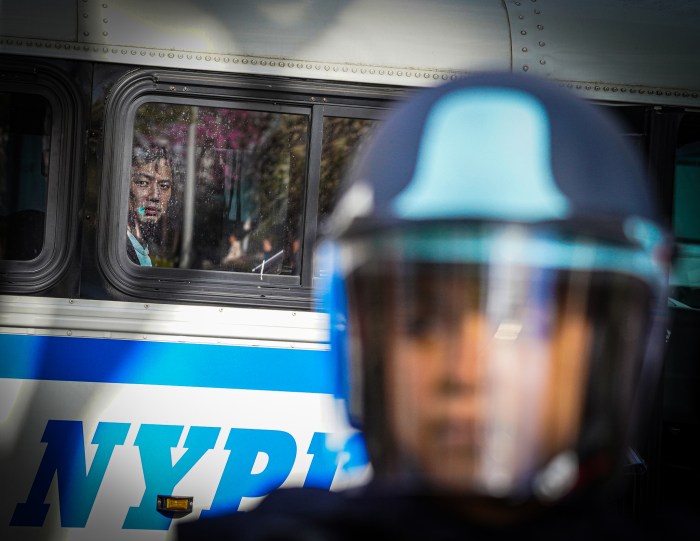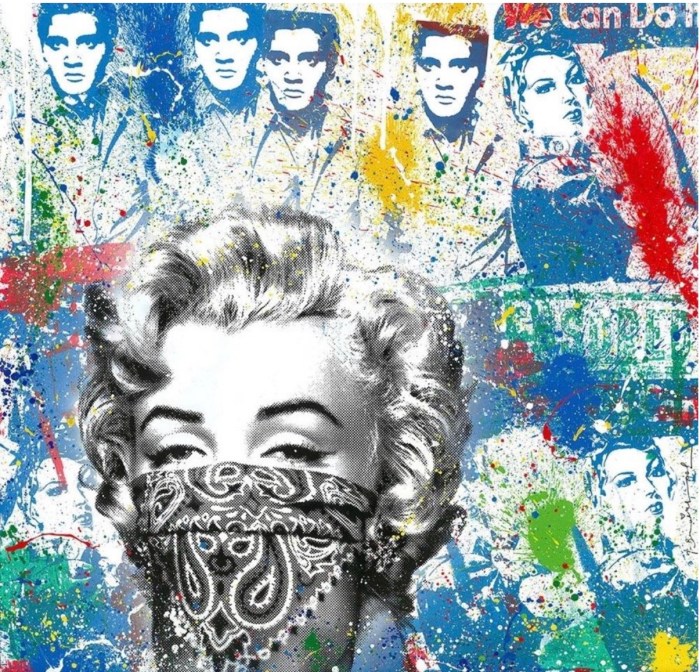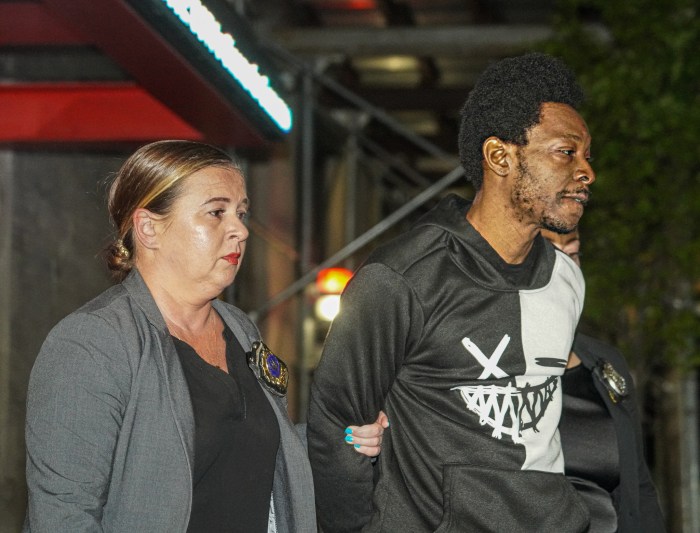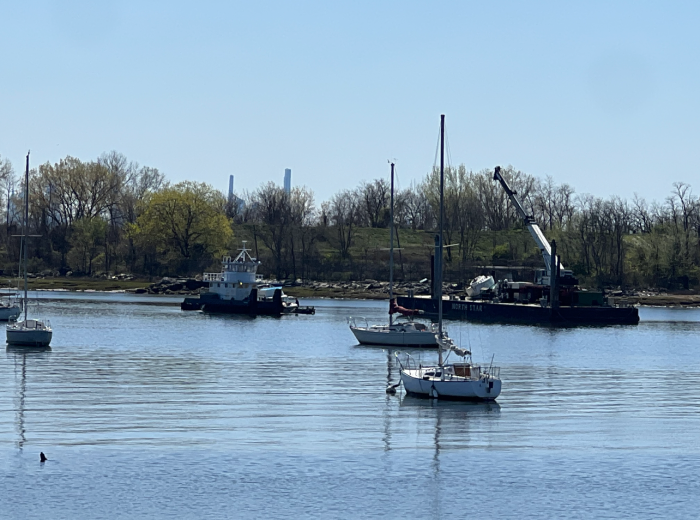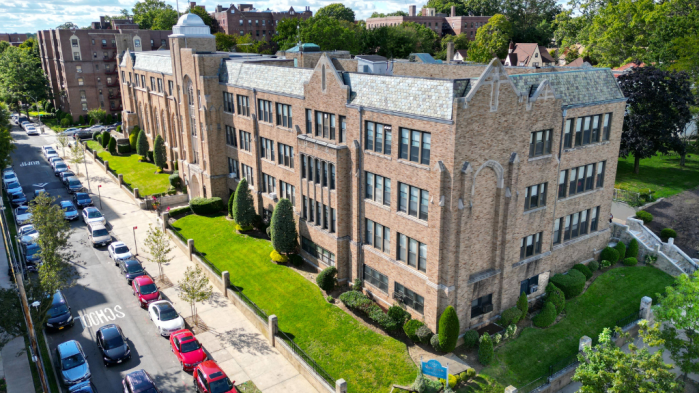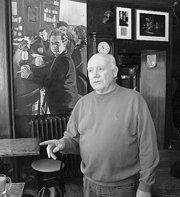
BY KAREN KRAMER |
Several decades ago — before there were chic restaurants and multimillion- dollar condos lining the waterfront along West St. — the far West Village was an ethnic neighborhood filled with Irish families, longshoremen who worked on the nearby piers and working-men’s bars that were reasonably priced and unpretentious. This was the neighborhood that Eddie Brennan grew up in. Brennan was a longshoreman, a restaurant worker and a construction worker and later on became the owner of one of the most legendary bars in Greenwich Village, the White Horse Tavern. Along the way, he met and hung out with some of the more famous writers and poets of the Village.
“I was born in St. Vincent’s hospital on 11th St. in 1935,” he said. “And I never got off the block. I grew up between Washington and Greenwich Sts. The Village at that time was the only place I knew and it was a great place to grow up. We lived one block from the river, which is where we played and where we swam. All summer we swam off Pier 42, the open Christopher St. pier, and on Gansevort St. where there was a garbage dump. We swam down there daily. That was our summer vacation. And the Village at that particular time was neighborhoods. I was in an Irish area with Spaniards, people from Spain. And for truck drivers and longshoremen that was the basic way of making a living. From the 1890s it was a longshoreman’s area.”
Brennan went to St. Veronica’s School (now the Village Community School) on 10th St. between Greenwich and Washing-ton Sts. It was a large Catholic school with the church abutting the back on Christopher St. The school was mostly Irish because at that time the Italian part of the Village was on the other side of Seventh Ave., a kind of boundary line. The Irish area extended from that borderline through where the White Horse now sits at Hudson and 11th Sts. and right up to Hell’s Kitchen.
“I left school pretty young and I went to work on the ships, on the docks. At the time I was working there Daniel Patrick Moynihan [who later became a New York senator] was working on Pier 48. I was 15, and he was in college,” Brennan recalled. “He used to drink in here,” he said gesturing around the White Horse. “And then he became a friend of mine years later when I bought the place.”
The work on the piers may have been tough but Brennan was a pretty tough kid.
“It was hard work,” he said, “but the really hard work was the winter. Just being in the cold was hard enough. You worked outdoors. There was no enclosure. Every 20 minutes the freight changes. You’re taking out baby carriages. You’re taking out tuna fish. You’re taking out knockdowns [large cases]. And you’re using different gear, different techniques. First you get it out of the ship. And to get it out of the ship there’s different types of wires, different types of hookups, and men had to approach it differently.
“Those old Irish hull men — they were mainly Irish and Polish — they were very talented laborers,” Brennan continued. “Cargo had to be moved by winches. And winches didn’t fit down in the hull so if that knockdown was back 20 foot you had to rig wires on a different kind of pulley down there and then pick it up so that box could be dragged out. My part was to put it on the truck. Coffee, fabric, liquor, what they call bulk freight. The coffee would come off these trucks and go right out to Brooklyn to the A&P. It was in sacks, 154- pound bags.”
Brennan worked on the docks for 11 years until an injury in 1960 forced him to try other work. The restaurant business seemed like a natural for him because his father was part owner in the West Side Shore Bar and Grill, a pub on West St. that catered to the longshoreman. As a kid he used to hang out there just to be near his father.
“I liked being around the guys. That was always fun. But you know, it was another world,” he recalled. “Good men. They did what they could to make a dollar in those days. And they went to work on the docks. It was a good living. That was all union.”
Brennan took on a series of jobs, including restaurant work, steam fitting and construction.
“And then I was getting married so I got back into the restaurant business,” he said. “I got a job working in the White Horse. A good friend of mine named James Hamilton — he was a great guy — owned the place. He said, ‘I’m gonna sell it to you.’ For some reason it had fallen down. Jimmy wanted out. I wanted in and I came in and I worked hard and did what I thought would help the place along. I was working at the Cedar Tavern at night and then days at the White Horse to make enough money to buy this place. I had to have $10,000, which was quite a bit of money at the time.
“And I’ve been here ever since,” he said. “And we’ve been through the mill. I built it back up. I knew a lot of people. I knew all the drinkers. I knew all the West Side Irish. I wanted good customers. I wanted people who would respect the place. And that’s what I got. I was lucky,” he added with a modesty that belies the brains and tenacity it takes to keep a historic place like the White Horse — which opened in 1880 — alive in the Village for so many years.
In all his years of hanging out in and finally owning the White Horse Tavern, Brennan has met scores of interesting people. Long before he owned the place, when he was still working on the piers, Brennan hung out at the legendary watering hole, and although he didn’t realize it at the time, he was often a drinking buddy of the saloon’s most famous patron.
“I was sitting here and I was drinking with this guy. Someone said, ‘Do you know who that is?’ I said no. They said, ‘That’s Dylan Thomas, the Welsh poet,’ ” Brennan remembered. “I still didn’t know who he was. It didn’t matter to me. I didn’t know much about him. He’d have a drink and pass the time of day. This was his kind of place. It’s what he came from. Working class, miners.”
After Brennan had owned the White Horse for a few years he began to realize how famous Dylan Thomas really was and how much people associated the bar with his name.
“ I saw people who came back and were always asking about Dylan Thomas and then I found out what a highly respected writer and poet he was,” he said. “And I started getting a collection of artwork and articles about him. The paintings came from customers. The large painting in the back room has been there for about 15 years. The kid who painted it comes in and visits. He painted it at home and brought it in and said, ‘Can I hang this?’ He loves it and never wants it back.”
But the Dylan Thomas aficionado who most touched Brennan was a young Texan who arrived at the bar one night when Brennan had already owned it for several years.
Recalled Brennan, “One day a big young fella come in…. I was 33 at the time…. He was a big Texas boy, about 6 foot 5 inches…and he had a big suede coat on. He sat at the bar and he had a big bouquet of flowers. He said to me, ‘I come in here from Texas I wanted to leave these flowers. Where did Dylan Thomas sit?’ I pointed to his table and he went out to get a vase. When he returned he had three triple vodkas. And then ordered more. And had three or four more double vodkas. I remember 18 vodkas in two hours. He was trying to emulate the shots that Thomas had because people say that Dylan Thomas had lined up whiskey and drank 18 shots. So I think he was trying to emulate that with the vodka. And he put the flowers in the vase on the table, which I left there as long as I could. He said, ‘I promised myself in school that I would do that.’ The kid left and I never seen or heard from him again. He was paying respects,” Brennan said. “That’s all he wanted to do. That’s one of my more vivid memories. That was the most touching.”
One of the White Horse’s better-known patrons was author Norman Mailer, who used to hang out there nearly every Sunday afternoon with a group of writers. Mailer, like many other young writers, had been drawn to the Village by the reputation of previous authors such as Faulkner and Dos Passos who had lived there. That was in the mid-’50s before Brennan owned the place. But, similarly to his experience with Dylan Thomas, he still had the privilege of drinking with Mailer. “I knew Norman Mailer from another place I was working in,” Brennan said. “That was Stefan’s on Christopher St. — 114 Christopher, which is now Ty’s, the gay bar. Yeah, I drank with him at Stefan’s. He was seeing a lady who was a friend of mine.”
Brennan also was friends with the Clancy Brothers trio. But whereas most people might know the famous Irish folksingers because of their music, Brennan first met them from a different angle. Pigeons. When Brennan was 15 he kept pigeons on the roof of 242 W. 10th St., the building adjacent to where Pat Clancy (a recent transplant from Ireland) was living. Although there was a bit of an age difference, the two became friends and when Tom and Liam Clancy later arrived from Ireland, Brennan saw the brothers all the time at the White Horse.
“Before they became famous they’d be in here singing,” he recounted. “In those days they had live singers at the White Horse. There was no jukebox. It was a very literary bar. Liam just came in here the other day to visit.”
Although the White Horse Tavern now attracts students and tourists rather than longshoremen, it still draws a colorful bunch of characters. Brennan reminisces about the days when John F. Kennedy Jr. used to frequent the bar.
“Young Jack used to sit here studying for his law degree for two years. He was so nice. He did a lot of his studying here. He was here almost three to four times a week. And all the girls loved him.”
Today Brennan doesn’t spend as much time at the tavern.
“I’m in four days a week…. Just come in to see how things are going and then I’m gone.”
He still loves the place and wants to continue to live in the area. Looking out the window momentarily he added, “What really changed this part of the Village is when they removed the West Side Highway and removed the piers and that opened everything up and made this a million-dollar street. No more longshoremen and truck drivers. Now it’s ready for Park Ave.”










